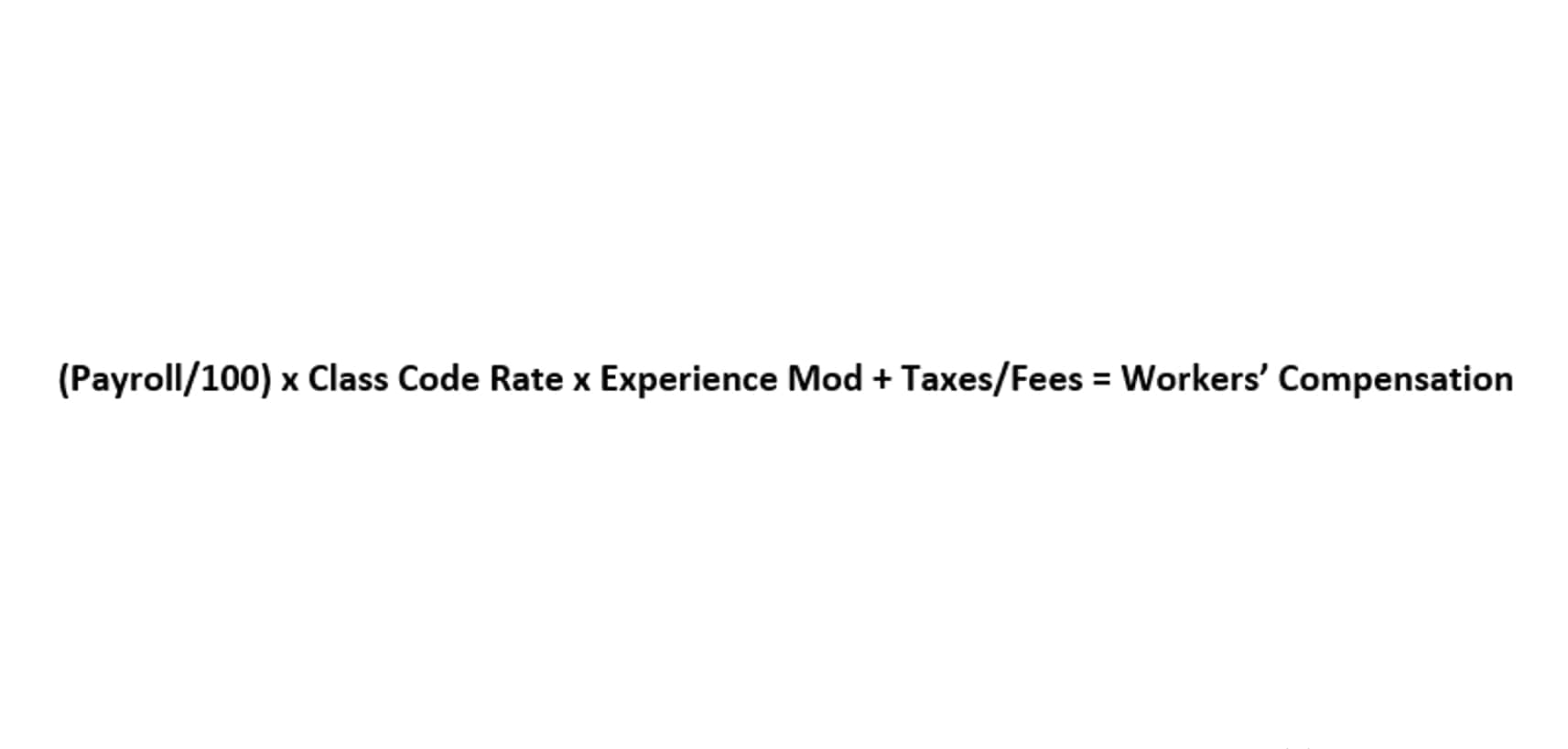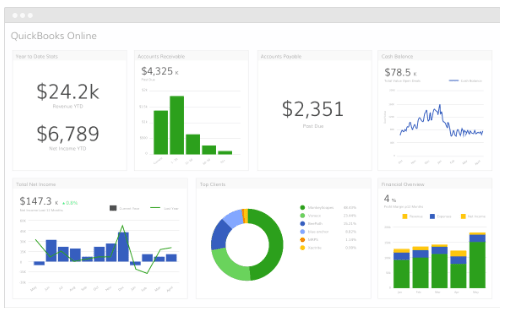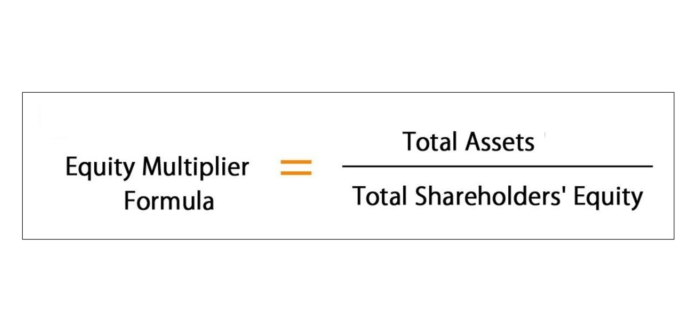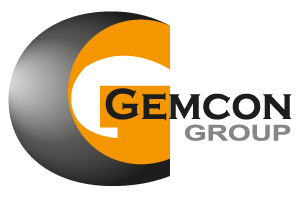What Does High Working Capital Say About A Company?

Learn about the differences between assets and revenue with examples of each and why both matter to investors. Assets, liabilities, and stockholders’ equity are three features of a balance sheet. Military-affiliated business owners can bolster their creditworthiness through education, networking and patience. Suppose we’re tasked with calculating the net working capital (NWC) of a company with the following balance sheet data. Current assets are any assets that can be converted to cash in 12 months or less. It’s worth noting that while negative working capital isn’t always bad and can depend on the specific business and its lifecycle stage, prolonged negative working capital can be problematic.

Formula
A business owner can often access more attractive small business loan rates and terms when the firm has a consistent working capital policy. If a company uses its cash to pay for a new vehicle or to expand one of its buildings, the company’s current assets will decrease with no change to current liabilities. On the other hand, examples of operating current liabilities include obligations due within one year, such as accounts payable (A/P) and accrued expenses (e.g. accrued wages). Net Working Capital (NWC) measures a company’s liquidity by comparing its operating current assets to its operating current liabilities.
Understand the cash conversion cycle
- Shortening your accounts payable period can have the opposite effect, so business owners will want to carefully manage this policy.
- We recommend that you review the privacy policy of the site you are entering.
- Such actions improve cash management, helping companies navigate through difficult times.
- The increment he is referring to is the increase in the current operating assets as mentioned above.
- Learn financial statement modeling, DCF, M&A, LBO, Comps and Excel shortcuts.
- A business owner can often access more attractive small business loan rates and terms when the firm has a consistent working capital policy.
- • A positive NWC means a company can pay off its debts and invest in growth.
On SoFi’s marketplace, you can shop and compare financing options for your business in minutes. A change in purchasing practices can also lead to assets = liabilities + equity changes in working capital. If the purchasing department opts to buy larger quantities at one time, it can lower unit prices. • To find the change in net working capital, subtract the net working capital of the previous year from the net working capital of the current year.
Amazon Owner Earnings Example
For example, if a company experiences a positive change, it may have more funds to invest in growth opportunities, repay debt, or distribute to shareholders. Conversely, a negative change may signal that a company struggles to meet its short-term obligations. Software companies generally tend to have a positive change in working capital cash flow because they do not increase in net working capital have to maintain an inventory before selling the product. It means that it can generate revenue without increasing current liabilities. Monitoring changes in working capital is essential for businesses because it provides insights into their liquidity, operational efficiency, and ability to meet short-term financial obligations.


A company with positive working capital generally has the potential to invest in growth and expansion. But if current assets don’t exceed current liabilities, the company has negative working capital, and may face difficulties in growth, paying back creditors, or even avoiding bankruptcy. Working capital, often referred to as the lifeblood of a business, represents the funds available for day-to-day operations. It encompasses current assets such as cash, inventory, and accounts receivable, minus current liabilities like accounts payable and short-term debt. Changes in working capital reflect the fluctuations in a company’s short-term assets and liabilities over a specific period.

Send Payments
For instance, suppose a retail company experiences an increase in sales, resulting in higher accounts receivable (A/R) due to credit sales. At the same time, the company effectively manages its inventory levels and negotiates favorable payment terms with suppliers, resulting in slower growth in accounts payable (A/P). As a result, the company’s net working capital increases, reflecting improved liquidity and financial strength. If your firm experiences a positive change in net working capital, it may have more cash to invest in growth opportunities or repay debt. If it experiences a negative change, on the other hand, it can indicate that your company is struggling to meet law firm chart of accounts its short-term obligations.

Leave a Reply
Want to join the discussion?Feel free to contribute!